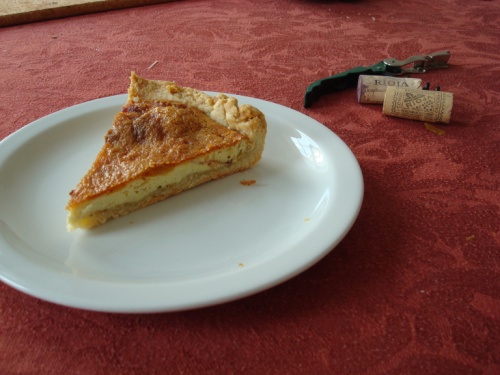Given they’re in the news I thought it only fair to add my tuppence worth. I’m not going to mention the C-word, to avoid contention from the Glorious Southwest, so will merely propose the generic pasty, which can look like this…
…or like this…
…but hold the same amount of filling, and taste the same. To make eight of them, I used the following:
For the pastry, 450g plain flour, and between 130g and 200g of fat (I had 80g lard left over, so used that plus 80g butter), ½tsp salt, and enough cold water to bring it all together, probably around 200mL. You could add an egg, and some recipes inexplicably suggest baking powder. The less fat, the less flaky the pastry, so I’ll leave it up to you.
Whilst the pastry is resting, get cracking on the filling. I used 300g of braising steak – any lean cut will do – chopped finely with all the hard gristle and fat removed. Salt and pepper this, and then toss the pieces in a tablespoon of plain flour to coat, and set to one side.
You’ll need about twice that weight in veg, a mix of aromatics and roots. On this occasion I used the traditional combo of 300g potato, 150g swede, and a large onion. All of these need to be sliced or diced quite finely, so they’ll cook all the way through. Mix up the veg and pop into a separate bowl from the meat.
Now, rescue the pastry from the fridge, and divide into six or seven pieces. You want to roll each piece into an eight inch disc, using either your keen eye or a small plate as a template. I normally end up with enough offcuts to then form an eighth disc.
Fill each pasty, either by putting a layer of veg in the middle, meat on top, and then bringing the sides up so the seam is on top, or, by putting a layer of veg in a semicircle on one side, topping with meat, and then more veg, before folding the top over. Make sure your filling reaches into the corners. Either way, brush the edges with water to seal, and crimp like mad. Glaze with milk or a beaten egg, if you’re feeling fancy.
Place on baking trays lined with parchment, and use a sharp knife to poke a small hole in each to let out the steam. In my fan oven they get 15 mins at 220°C, 15 more at 180°C, and the final 15 at 150°C.














